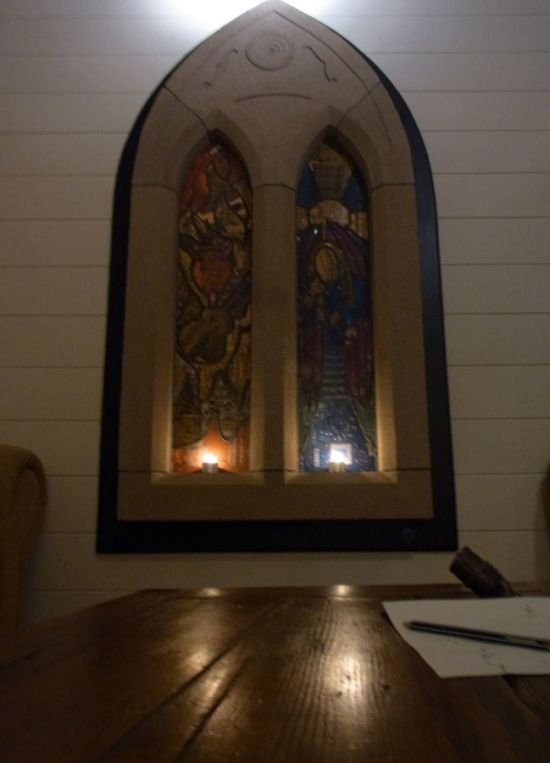|
|
Motherboard Stained Glass Window
|
Bootstrapping using the BIOS
Motherboards contain some non-volatile memory to initialize the system and load an operating system from some external peripheral device. Microcomputers such as the Apple II and IBM PC used ROM chips, mounted in sockets on the motherboard. At power-up, the central processor would load its program counter with the address of the boot ROM and start executing ROM instructions, displaying system information on the screen and running memory checks, which would in turn start loading memory from an external or peripheral device (disk drive). If none is available, then the computer can perform tasks from other memory stores or display an error message, depending on the model and design of the computer and version of the BIOS.
Most modern motherboard designs use a BIOS, stored in an EEPROM chip soldered or socketed to the motherboard, to bootstrap an operating system. When power is first applied to the motherboard, the BIOS firmware tests and configures memory, circuitry, and peripherals. This Power-On Self Test (POST) may include testing some of the following devices:
|
|









